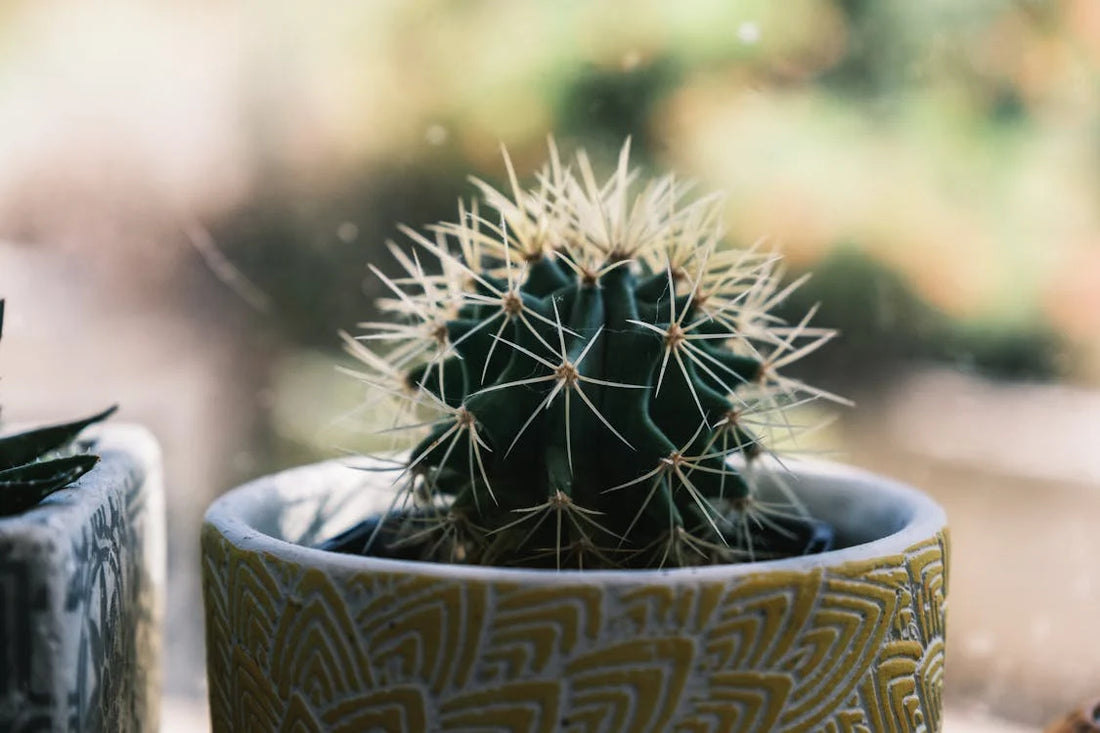
Background and History of Echinocactus – Spiny Ball Cactus or Mother-in-law's Cushion
Share
The Echinocactus is native to the deserts of Mexico and the southern United States. It grows mainly in rocky areas and on mountain slopes, where it benefits from the well-drained substrate and the intense sunshine. Its thick spines serve as protection against herbivores and also help to catch dew, which provides it with water in dry areas.
The name “Echinocactus” is derived from the Greek word echinos , meaning “hedgehog,” and refers to its spiky exterior. The nickname “mother-in-law’s seat cushion” is a humorous nod to its hard, uncomfortable surface.
Although the Echinocactus is often used as a decorative plant, it has an important ecological role in its natural habitat. Its flowers, which are often yellow or pink, attract pollinators such as bees and butterflies. The fruits that develop from these serve as food for various desert animals.
Growing an Echinocactus requires patience, as it grows slowly and takes decades to reach its full size. However, this makes it all the more valuable to plant lovers who enjoy a long-term project.
With its striking appearance, historical background, and easy care, the Echinocactus is an iconic addition to any plant collection. Whether used as a decorative element or as part of a larger garden project, this cactus remains a favorite among succulent lovers.
